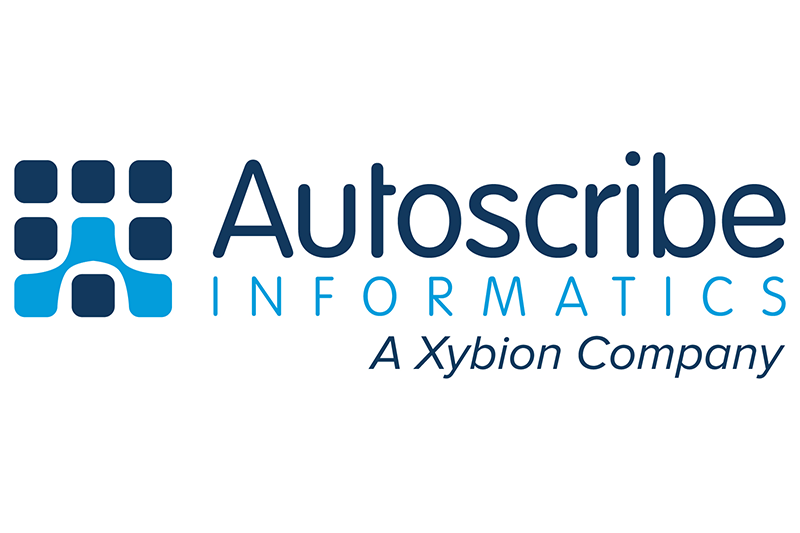To maintain both the safety and rights of clinical trial participants and to ensure the reliability and robustness of the data generated clinical trials are tightly regulated. In the EU the relevant statutes are the EU Clinical Trials Directive (20001/20/EC and 2005/28/EC). New EU Clinical Trials Regulations were approved by the European Parliament in April 2014 and are expected to become law throughout the EU in 2016.
In the UK, enforcement of the resulting statutes is delegated to the Medicines and Healthcare products Regulatory Agency (MHRA), which has full powers to inspect all records and arrest any individual considered in potential breach of UK law (or EU regulations). The MHRA has published guidance for the maintenance of regulatory compliance in laboratories that perform the analysis and evaluation of samples from clinical trials.1 Compliance with Good Clinical Practice (GCP) guidelines for the laboratory allow clinical labs to ensure the safety and efficacy of data and that it is repeatable, reliable, auditable and can be easily reconstructed and audited in a research setting.
Approximately 40% of clinical trials in the EU are being conducted by academics, foundations, hospitals, or research-networks (often referred to as ‘non-commercial sponsors’), according to the European Commission Public Health Department.2 In the UK, Experimental Cancer Medicine Centres (ECMCs) were established following a joint initiative from the UK government via the National Institute of Health Research and the UK charity, Cancer Research UK. The aim was to offer laboratory support to any clinical trial aimed at the cure or relief of cancer. ECMC status was awarded to Liverpool in 2007. The Liverpool ECMC worked with the Liverpool Cancer Trials Unit (LCTU), also funded by Cancer Research UK and which co-ordinates national and international cancer trials.

